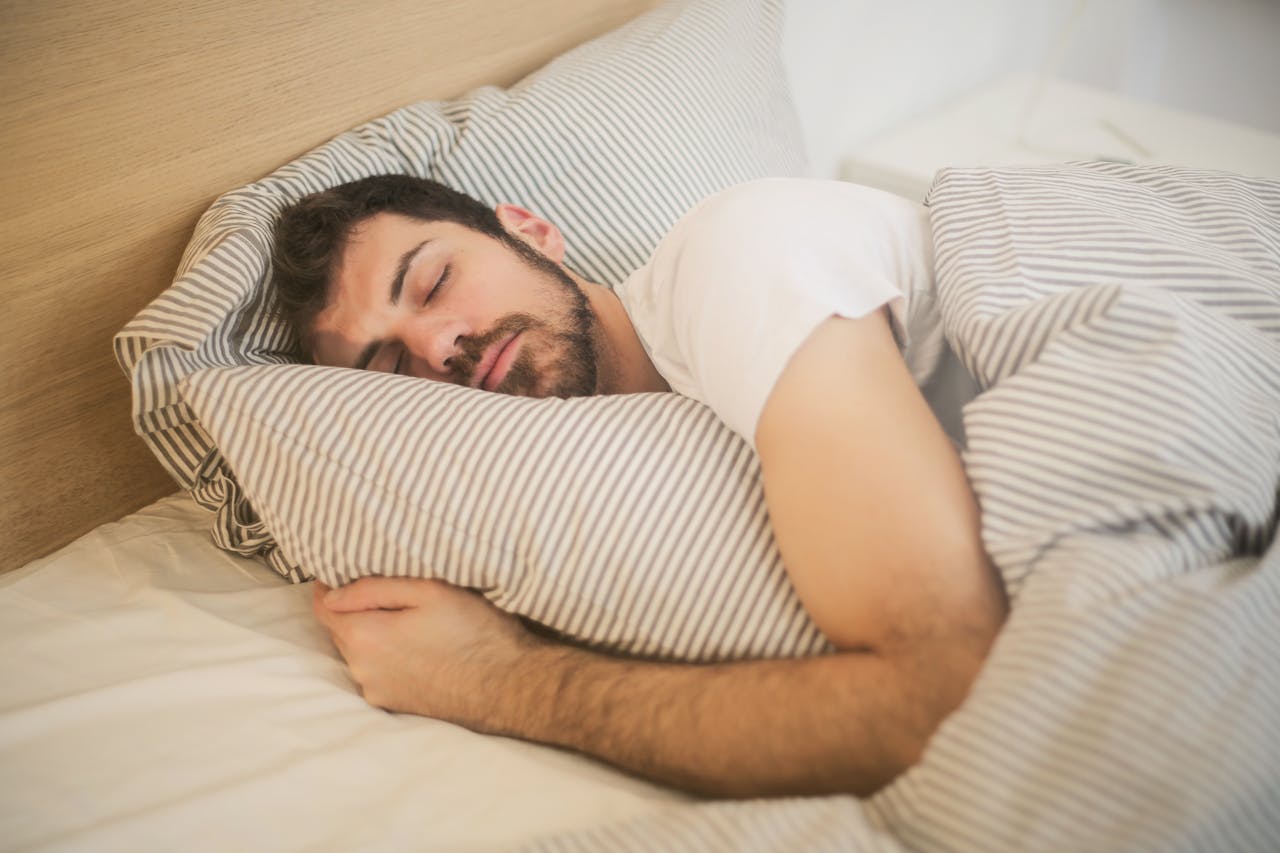Osteoporosis is not just a concern for the elderly or a problem limited to women. It’s a global health issue that affects millions of people regardless of gender or background. Recent studies estimate that over 10 million adults in the U.S. alone suffer from osteoporosis, while more than 43 million have low bone mass, significantly increasing their risk of fractures. The silent nature of the disease means that many individuals are unaware of their condition until they suffer a break—usually in the hips, spine, or wrists. These fractures can lead to long-term disability, decreased mobility, and a significant reduction in quality of life, making osteoporosis a far more serious condition than many realize.
Bones Are More Fragile Than You Think
Think of your bones as a bank account. When you’re young, your body deposits bone mass regularly, building up strong reserves. However, by the time you hit your mid-30s, your body starts making more withdrawals than deposits. If you haven't saved enough "bone capital," you could find yourself in debt—leading to brittle bones and fractures According to the latest research published in 2023, osteoporosis-related fractures now account for an estimated $57 billion annually in healthcare costs, making it one of the most financially burdensome chronic conditions. Given the rising aging population, experts predict these numbers will only increase in the coming years, underscoring the urgency of prevention and early intervention.
Men, You’re Not Off the Hook
It’s time to bust a major myth: osteoporosis is not just a women’s disease. While women, especially postmenopausal women, are at higher risk, around 20–25% of osteoporosis cases occur in men. Shockingly, studies suggest that men are more likely to die within a year after a hip fracture compared to women. The problem? Men are rarely screened for osteoporosis, meaning they often go undiagnosed until a serious injury occurs. This lack of awareness contributes to a cycle where men do not receive timely treatment, leading to poor outcomes and higher rates of complications.
The Genetic Factor – Are You Predisposed?
Genetics play a major role in determining bone density. If your parents had osteoporosis or suffered from frequent fractures, your risk is significantly higher. While factors like ethnicity, family history, and body frame can’t be changed, they should be taken into account when evaluating personal risk. In addition, new genetic research has identified specific gene variations associated with lower bone density, paving the way for potential future treatments. Scientists are also exploring gene therapies and personalized medicine approaches that could one day provide targeted treatments based on an individual's genetic makeup.
Surprising Lifestyle Factors That Increase Risk
Aside from age and genetics, certain lifestyle choices have a dramatic impact on bone health. Sedentary behavior, excessive alcohol consumption, smoking, and a poor diet are all major risk factors. More recent findings indicate that chronic stress and sleep deprivation can also weaken bones by disrupting hormonal balance, particularly affecting cortisol and parathyroid hormone levels. This means that prioritizing mental health and quality sleep is just as important as diet and exercise when it comes to maintaining strong bones.
Like muscles, bones respond positively to stress—just not the bad kind. Weight-bearing and resistance exercises are crucial for maintaining bone strength. Studies show that activities like brisk walking, strength training, and even dancing can enhance bone density. However, for those already diagnosed with osteoporosis, caution is necessary. High-impact activities, heavy lifting, and deep spinal flexion (like some yoga poses) should be avoided to prevent fractures. Consulting with a physical therapist or specialized trainer can help design a safe and effective exercise regimen tailored to individual needs.
Nutrition Matters – More Than Just Calcium
Most people know that calcium is essential for bone health, but did you know that vitamin D, magnesium, and vitamin K2 are just as important? Without sufficient vitamin D, your body can't properly absorb calcium. Similarly, vitamin K2 helps direct calcium to bones rather than arteries, reducing the risk of cardiovascular disease. A 2023 study also found that diets rich in fermented foods (like yogurt and kimchi) can improve gut health, which in turn enhances calcium absorption. Increasing your intake of leafy greens, nuts, and fatty fish can further support bone health.
By the time most people start worrying about osteoporosis, it’s often too late. Peak bone mass is achieved in early adulthood, meaning the best prevention strategies should start in childhood and adolescence. Current research emphasizes that increasing calcium and vitamin D intake before the age of 30 can significantly reduce osteoporosis risk later in life. Encouraging healthy habits in young individuals can set the foundation for lifelong bone health, making early education on diet and exercise crucial.
Female Athletes Beware – The Risk of Amenorrhea
Many female athletes or women with low body fat experience a disruption in their menstrual cycles, known as amenorrhea. This condition leads to decreased estrogen levels, which in turn accelerates bone lossRecent research suggests that even temporary periods of amenorrhea can have long-term consequences, making it essential for women to monitor their hormonal health and seek medical guidance if they experience irregular cycles. Proper nutrition, balanced training, and medical supervision can help mitigate risks.
While osteoporosis may be a silent disease, it’s far from inevitable. Lifestyle modifications, such as maintaining a balanced diet, engaging in regular weight-bearing exercise, and avoiding harmful habits like smoking and excessive alcohol consumption, can significantly reduce your risk. Additionally, speaking with a healthcare provider about bone density screenings and considering supplements if necessary can be key strategies in protecting long-term bone health. Proactive prevention and early detection remain the most effective tools in combating osteoporosis.
References:
1. National Osteoporosis Foundation (2023) – Updated guidelines on osteoporosis prevention and treatment.
2. International Osteoporosis Foundation (2023) – Global impact and economic costs of osteoporosis.
3. Harvard Medical School (2023) – Role of vitamin K2 in bone health.
4. Journal of Bone and Mineral Research (2023) – Impact of stress and sleep deprivation on bone density.
5. Mayo Clinic (2023) – Screening recommendations for men with osteoporosis.













